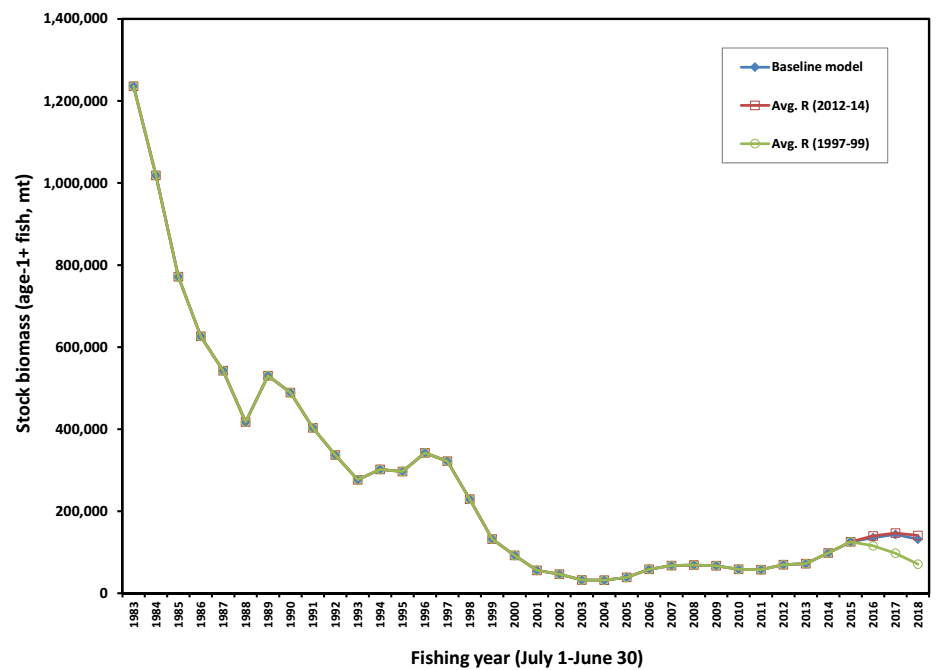Pacific Mackerel
[ 2018.09.07 ]
Pacific Mackerel
Scomber japonicus
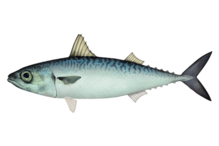
Also Known as
Chub mackerel, Spanish mackerel
About the Species
U.S. wild-caught Pacific mackerel is a smart seafood choice because it is sustainably managed and responsibly harvested under U.S. regulations.

Status
○ According to the 2017 stock assessment, Pacific mackerel are not overfished and are not subject to overfishing.
○ Pacific mackerel naturally experience “boom and bust” cycles of abundance, which is typical of other small pelagic species that have relatively short life spans and high reproduction rates.
○ The Pacific mackerel stock is well above its target population level. However, in historical terms, the population remains at a relatively low abundance level, due primarily to oceanographic conditions.
Appearance
○ The body of the Pacific mackerel tapers at both ends.
○ They have a pointy head and a large mouth.
○ The head is dark blue, the back is dark blue with about 30 dark wavy lines, and the undersides are silver green.
○ Pacific mackerel can be distinguished from other mackerel by counting the finlets on their back; Pacific mackerel typically have four to six finlets.
Biology
○ Pacific mackerel grow fast, up to 25 inches and more than 6 pounds.
○ They can live up to 18 years but are able to reproduce by age 4, and sometimes as early as age 1.
○ They spawn at different times of the year, depending on where they live. Pacific mackerel spawn from late April to September off California, year-round off central Baja California peaking from June through October, and from late fall to early spring off Cabo San Lucas.
○ They spawn several times a year, releasing batches of almost 70,000 eggs each time. The eggs usually hatch within 4 to 5 days.
○ Pacific mackerel feed on plankton (tiny floating plants and animals) and the younger stages of all the pelagic species such as anchovies and sardines, as well as their own young.
○ Various larger fish (such as sharks and tunas), marine mammals, and seabirds eat Pacific mackerel.
○ Pacific mackerel school as a defense against predators. Often they will school with other pelagic species such as jack mackerel and sardines.
○ As adults, they migrate north to Washington in the summer and south to Baja California in the winter. The northerly movement in summer is accentuated during El Niño events.
○ They also travel inshore and offshore off California—they’re more abundant inshore from July to November and more abundant offshore from March to May.
Where They Live
○ Pacific mackerel are found from southeastern Alaska to Mexico but are most common south of Point Conception, California.
Management
○ NOAA Fisheries and the Pacific Fishery Management Council manage the Pacific mackerel fishery.
○ Managed under the Coastal Pelagic Species Fishery Management Plan:
○ Catch limits are in place to end and prevent overfishing.
○ Permits are needed to harvest Pacific mackerel.
○ Gear restrictions are in place to reduce bycatch.
Biomass projection estimate
Table 1. Pacific mackerel harvest specifications for fishing years 2015-16 and 2016-17, which are based on the most recent SSC/PFMC deliberations conducted in June 2015.
Acronyms follow: OFL is overfishing limit; ABC0.45 is acceptable biological catch for tier-2 σ = 0.72 and P* = 0.45; ACL is acceptable catch limit; HG is harvest guideline; Incidental is incidental catch allowed; and ACT is acceptable catch target.
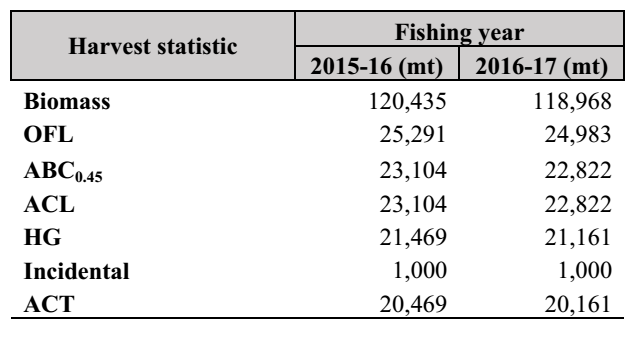
Table 2. Pacific mackerel landings (mt) for fishing years 2014 to 2018.
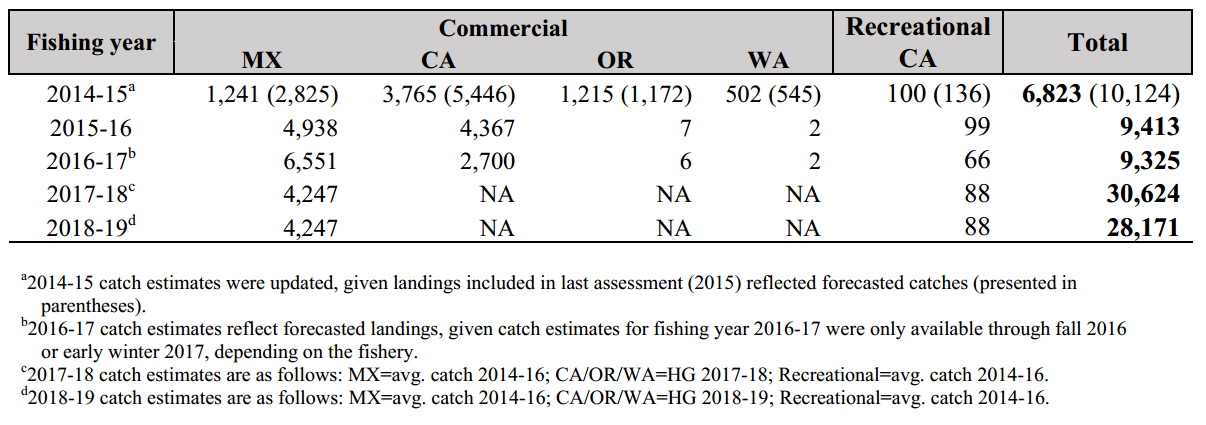
Table 3. Pacific mackerel harvest control rules (HCR) for fishing year: A) 2017-18; and B) 2018-19.
Acronyms follow: OFL is overfishing limit; ABC is acceptable biological catch; HG is harvest guideline; EMSY is proxy for exploitation rate at maximum sustainable yield; σ is sigma uncertainty level; and P* is the overfishing probability value for ABC calculation. See report for other terms presented in the table.
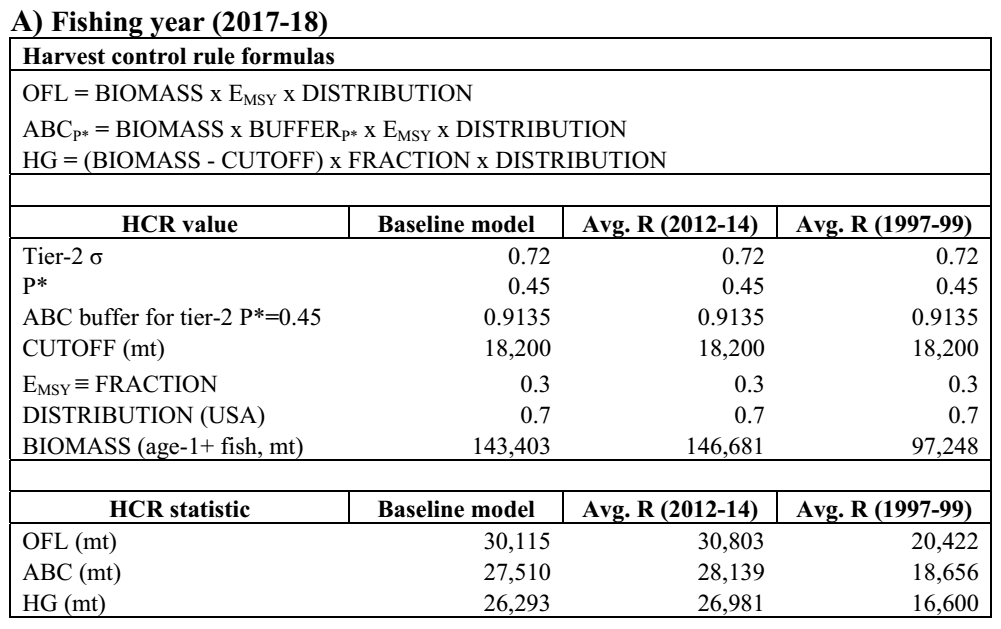

Figure 1. Pacific mackerel stock biomass (age 1+ fish, mt) time series for alternative assumptions (model scenarios) regarding recent recruitment success.
